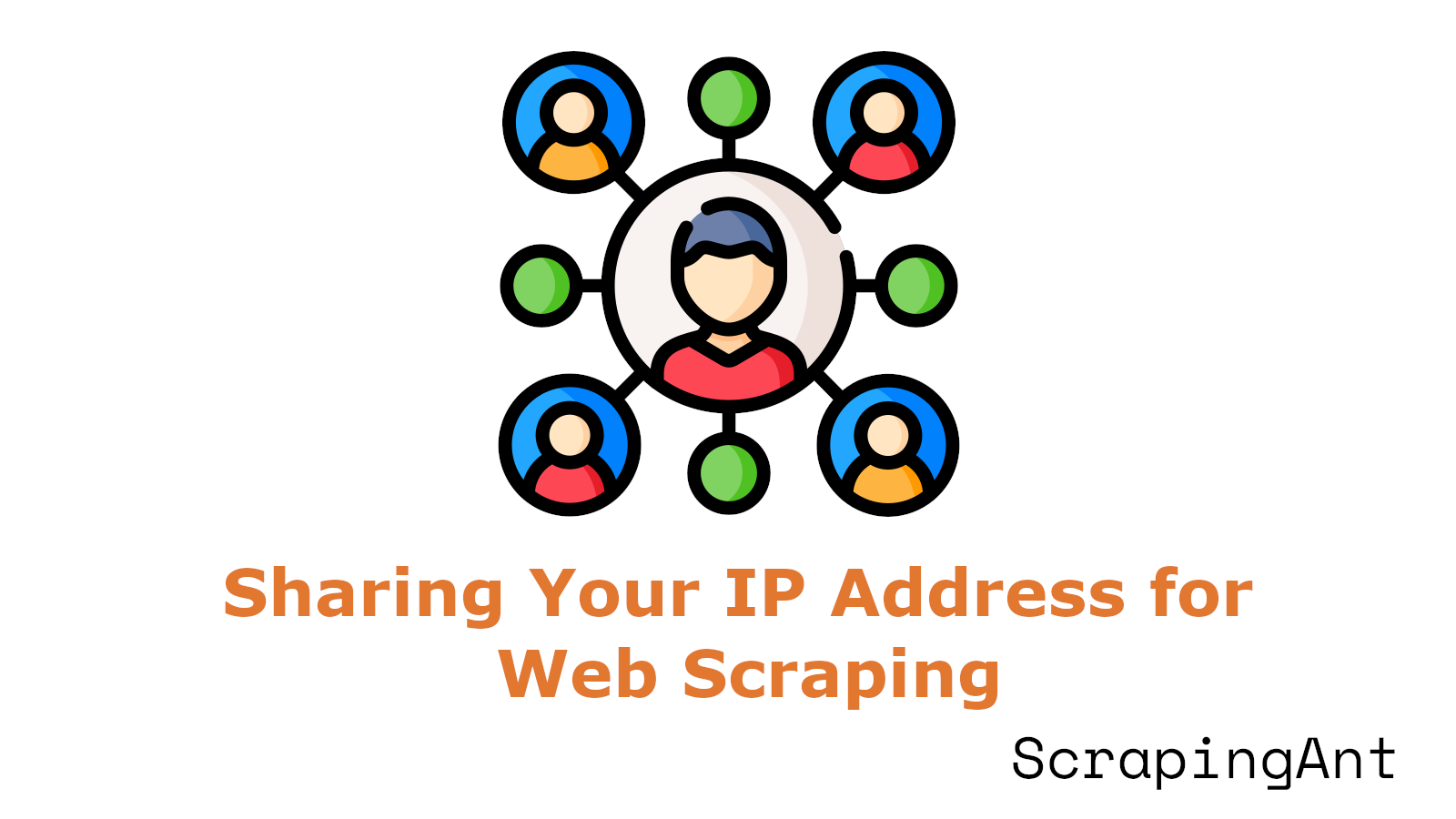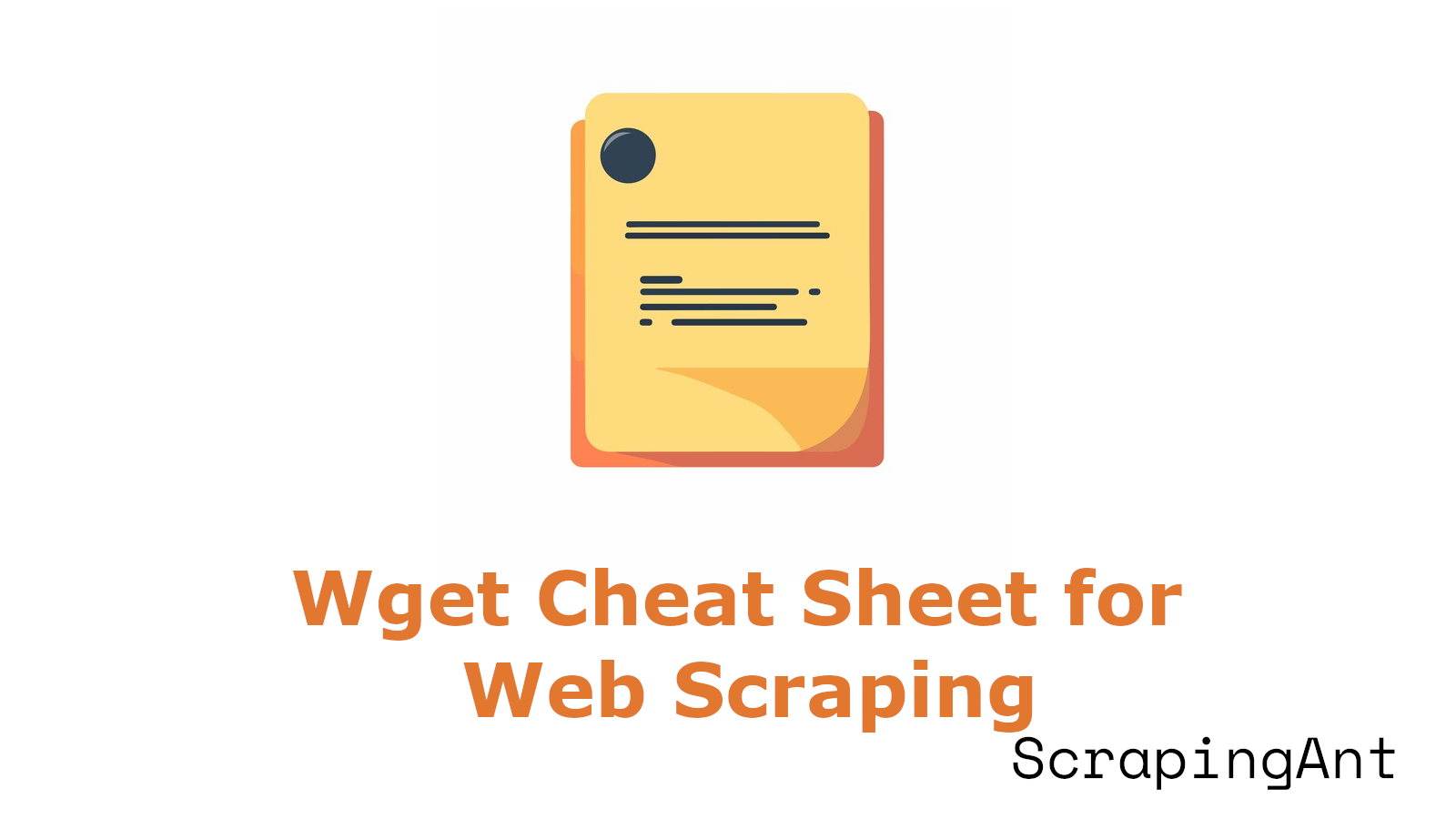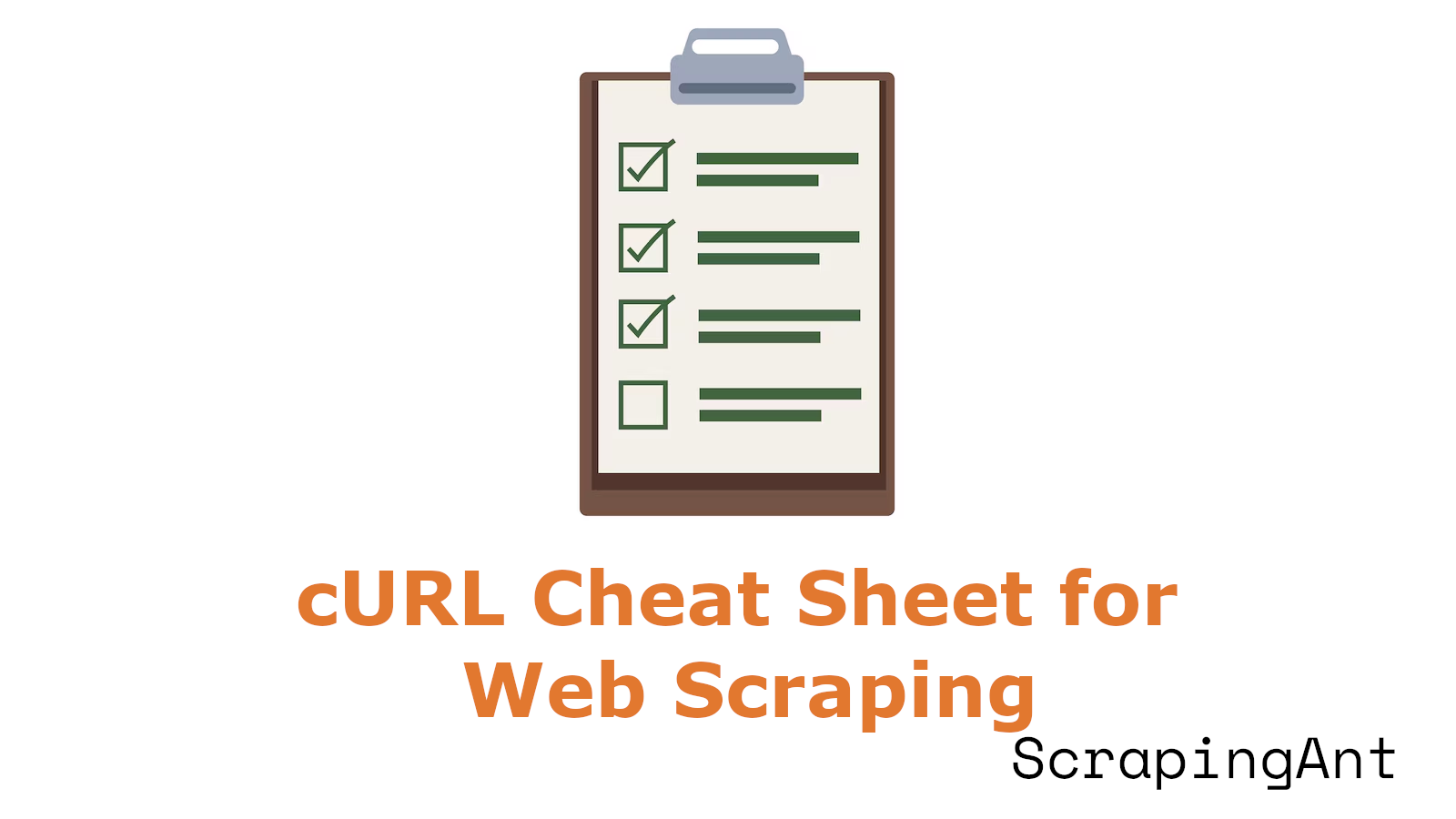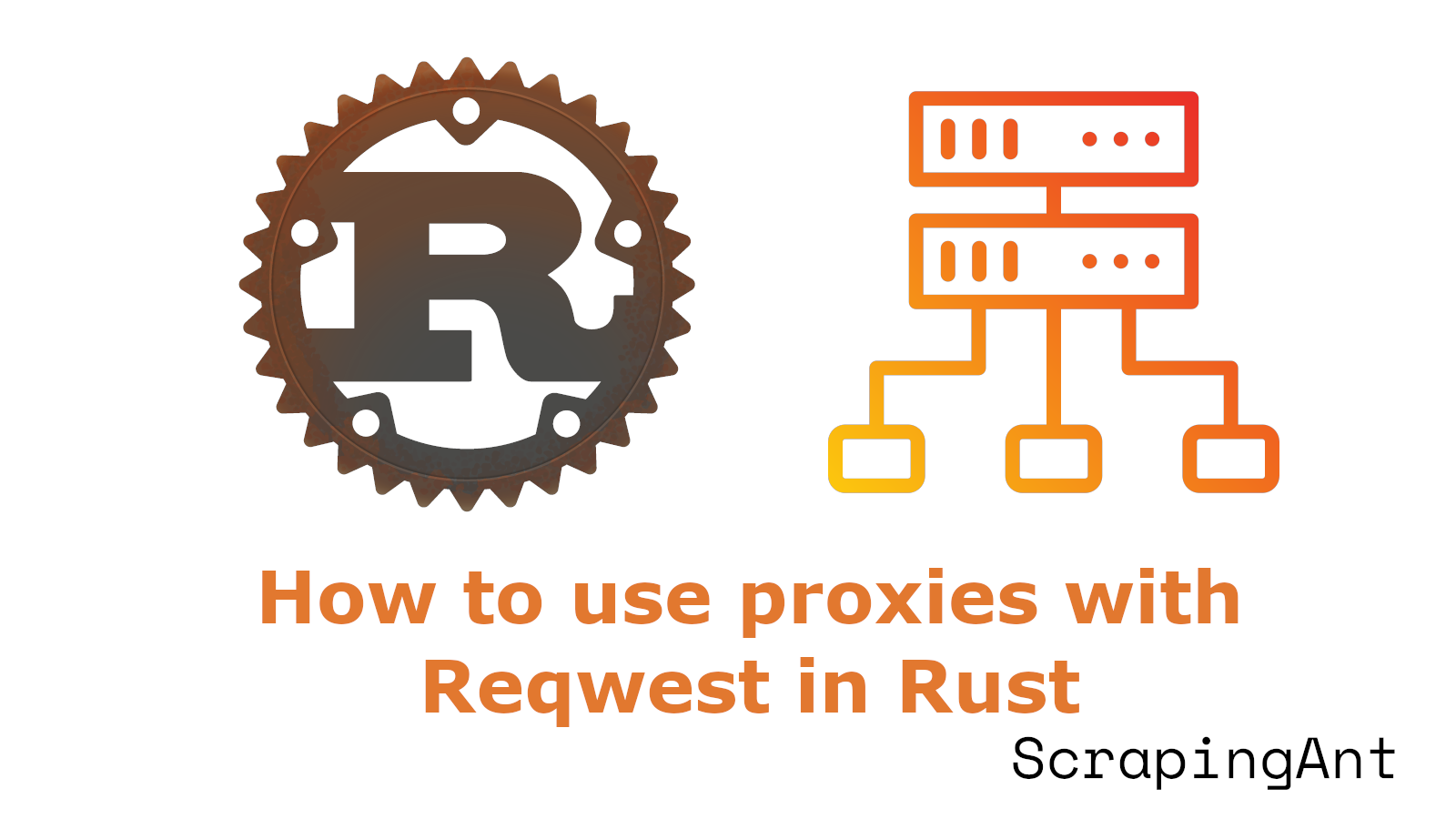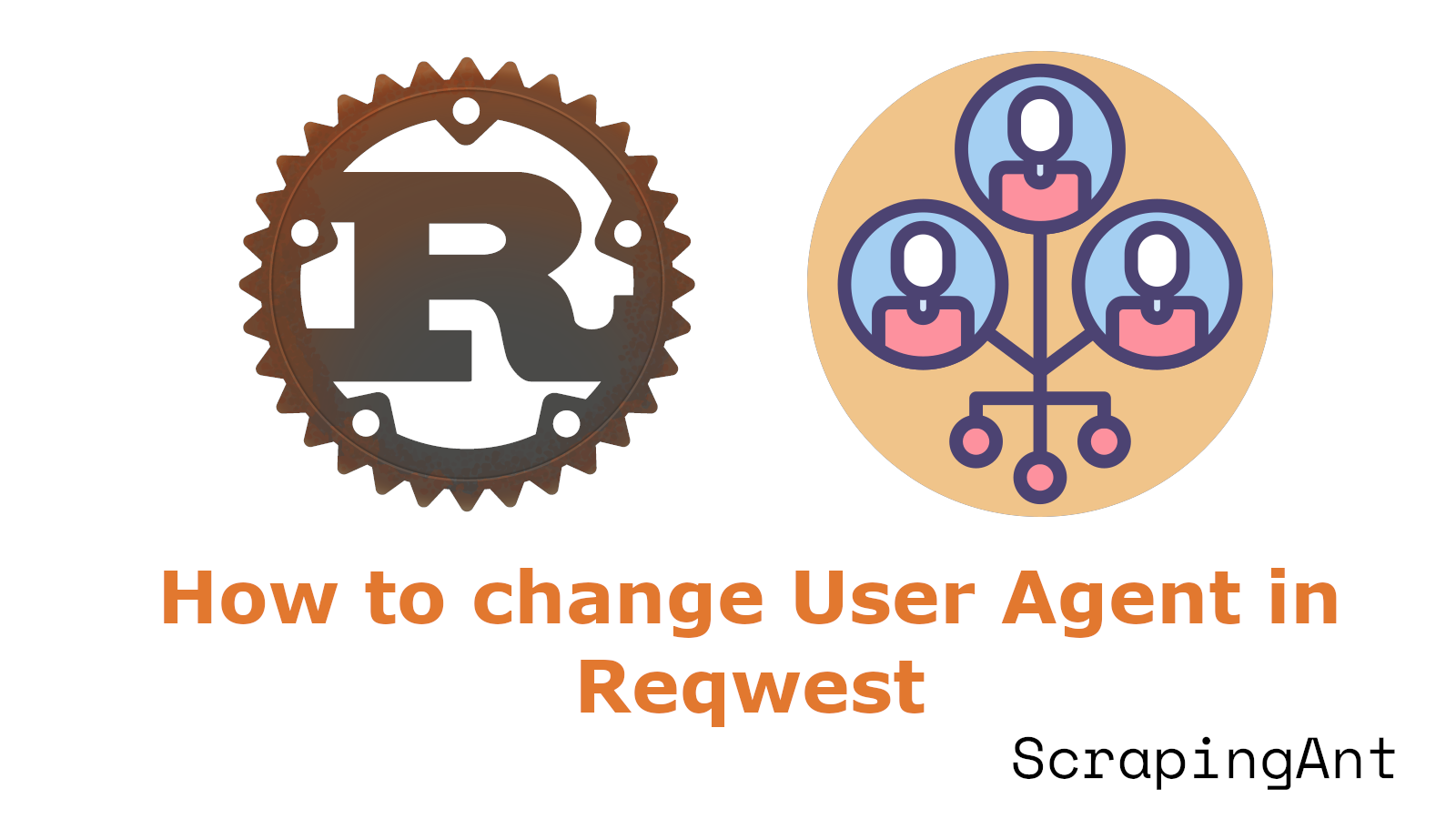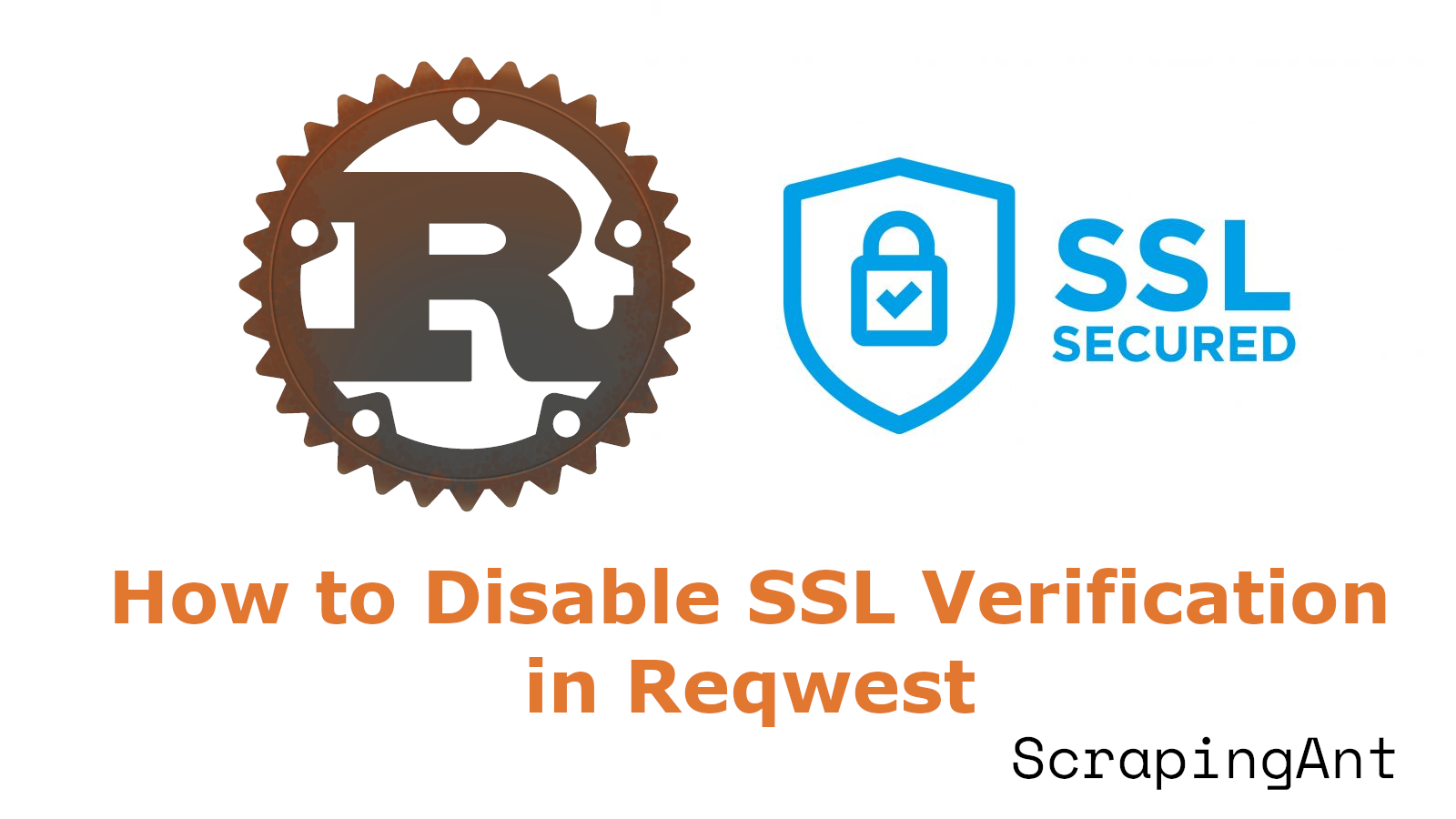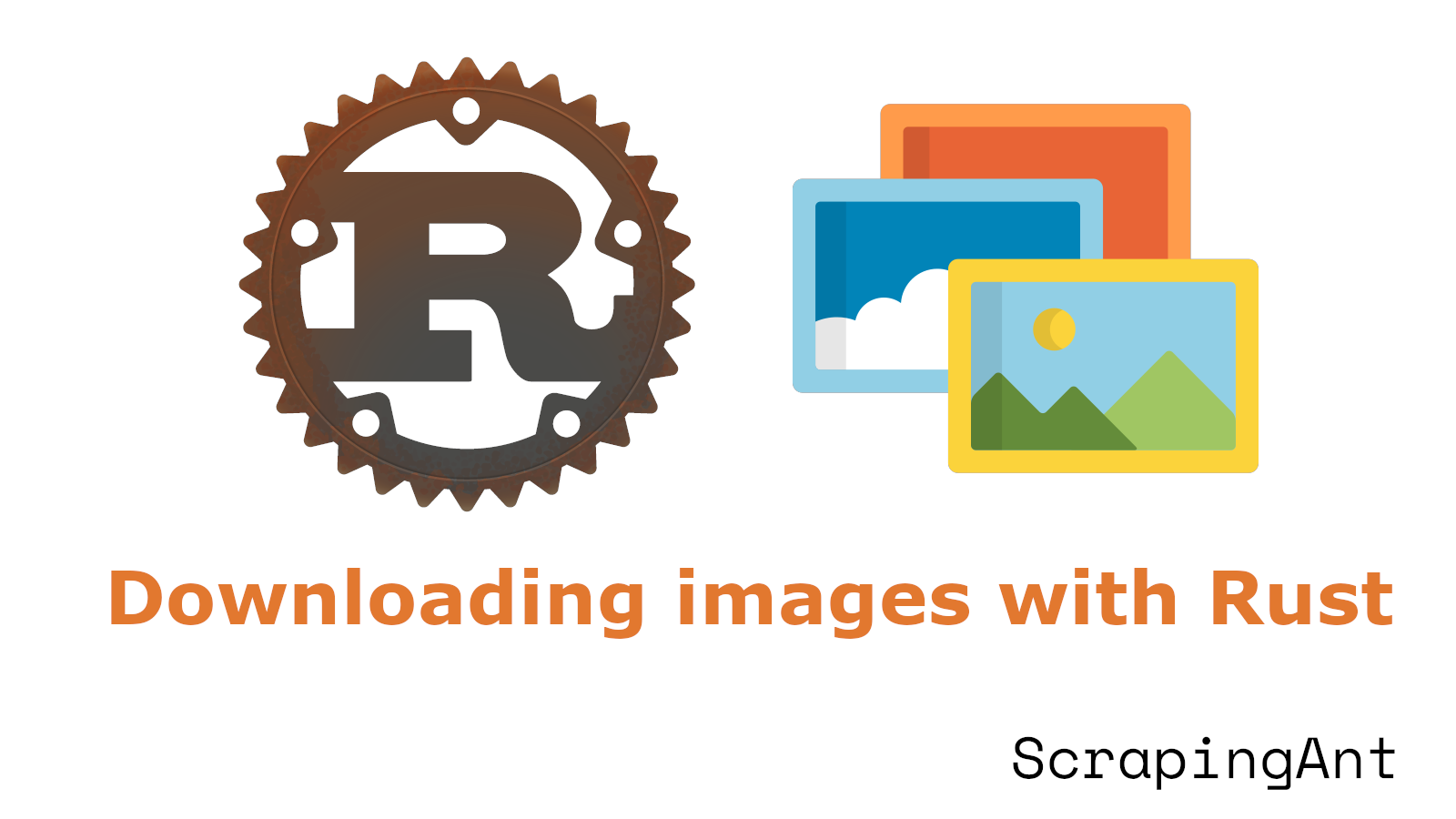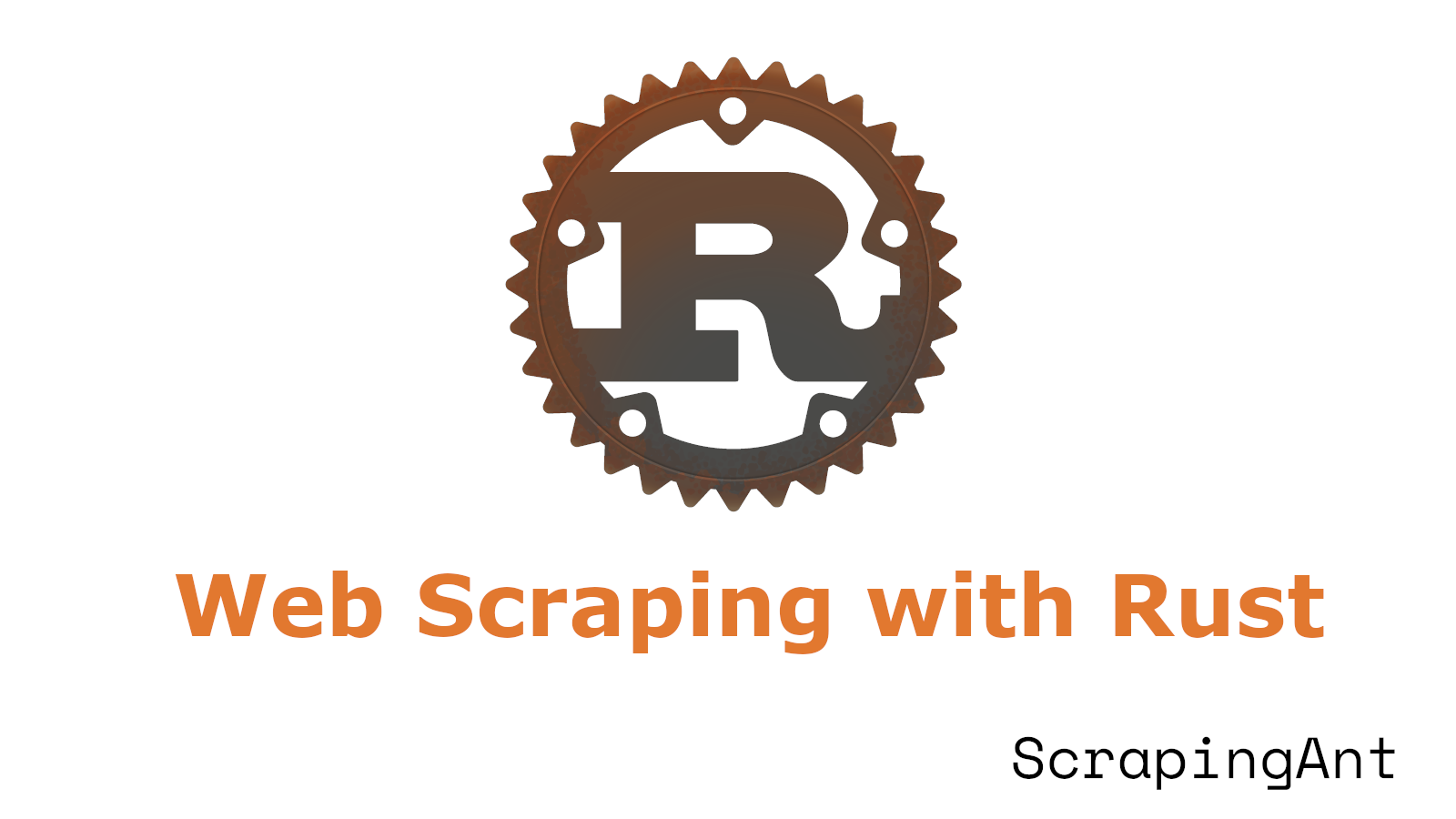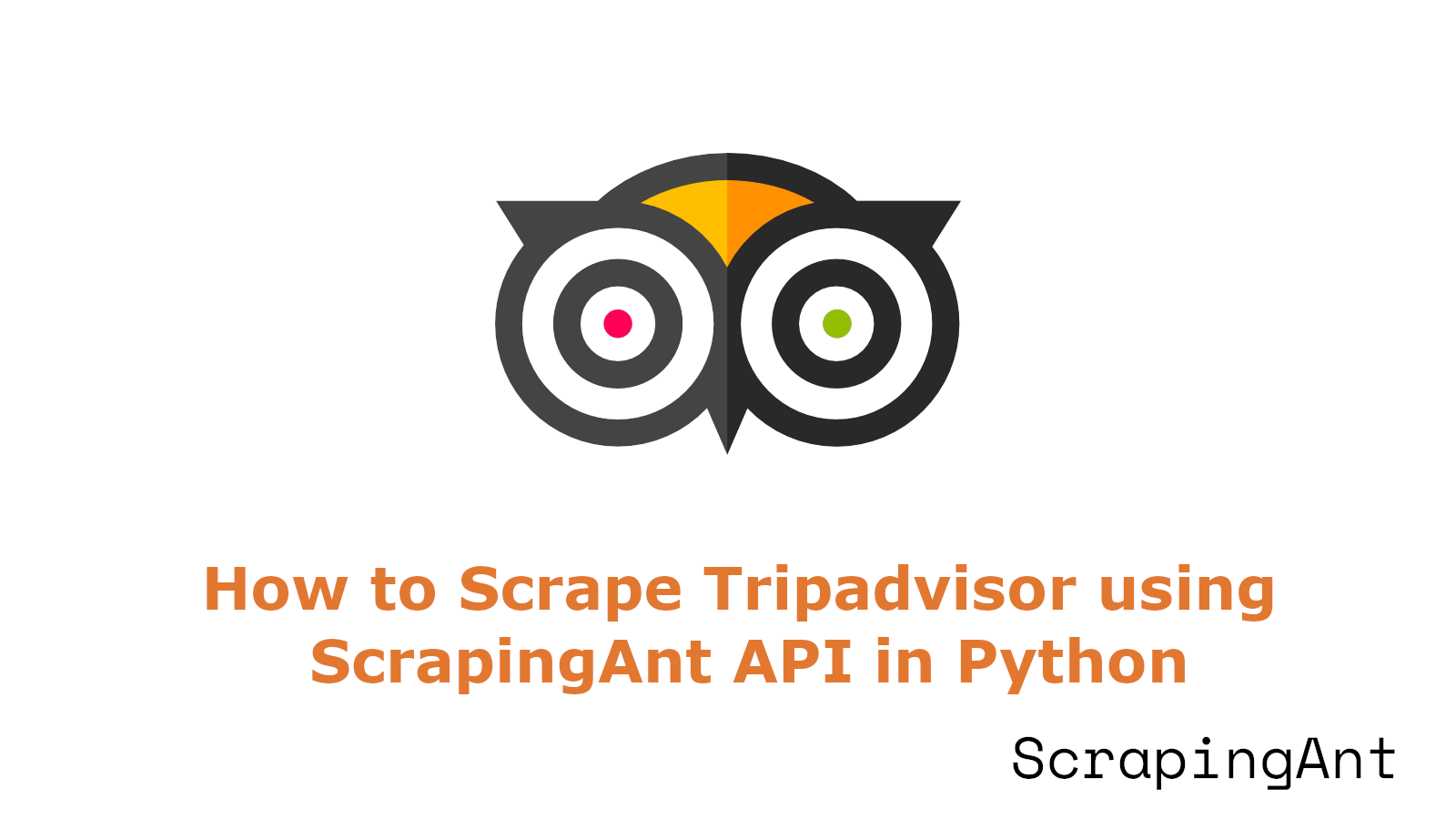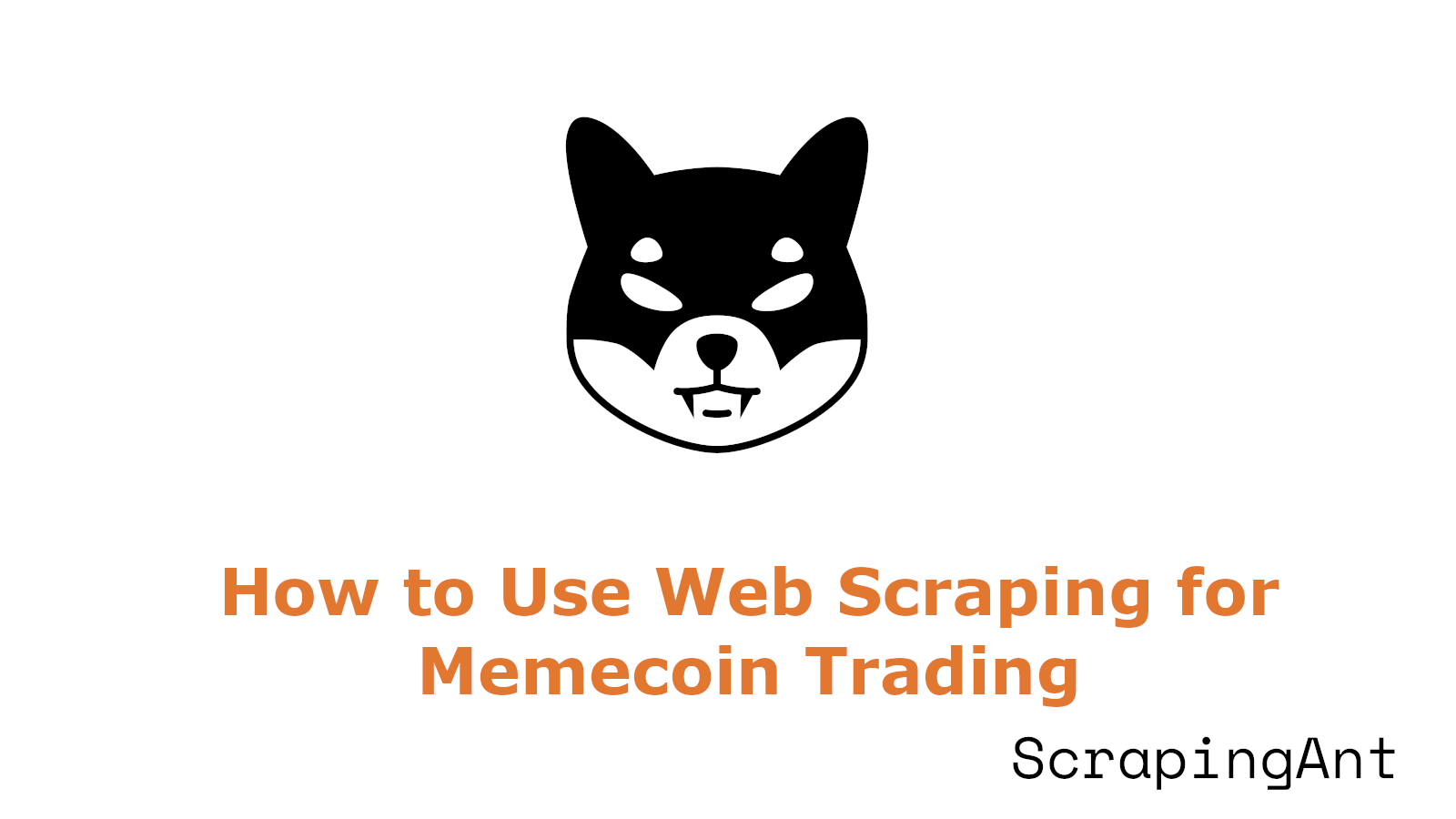
Web scraping has emerged as a powerful tool for traders aiming to stay ahead in the fast-paced memecoin market. By systematically extracting data from influential platforms such as Reddit, Twitter (X), Telegram, and decentralized exchanges like DEX Screener, traders can gain timely insights into emerging trends, community sentiment shifts, and market dynamics. Advanced scraping techniques, including browser automation with Playwright and sophisticated querying with AgentQL, enable traders to effectively navigate dynamic and interactive websites, ensuring comprehensive data collection.
Moreover, integrating sentiment analysis tools such as TextBlob and Vader into scraping pipelines allows traders to quantify and interpret community sentiment, a critical factor influencing memecoin price movements. Automating these scraping and analysis processes through workflow management tools like Apache Airflow further enhances efficiency, ensuring continuous and timely data collection and analysis. However, traders must also prioritize data quality and ethical scraping practices, including schema validation, anomaly detection, and adherence to robots.txt guidelines, to maintain compliance and reliability in their trading strategies.
This research report explores in-depth methodologies and best practices for effectively utilizing web scraping in memecoin trading, providing traders with actionable insights and strategies to navigate this dynamic and speculative market successfully.
